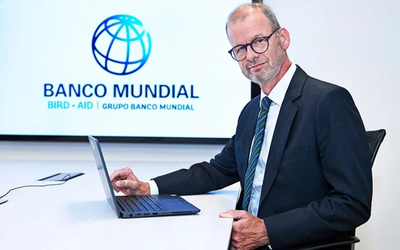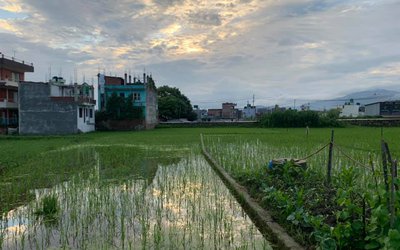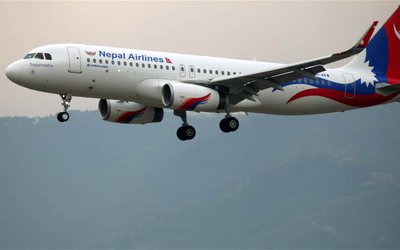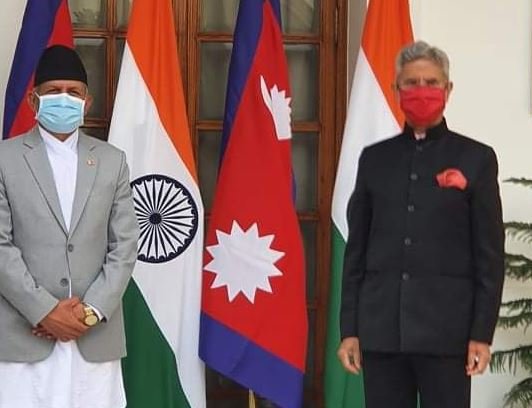
As it is said in diplomacy if there are many disagreements between the nations, the leaders must start a dialogue on the point of agreement to restore confidence and normalize relations.
Following a chilling relationship, Nepal and India have initiated the exchange of high-level visits to bring normalcy and closeness back. From the Indian side, three high-level visits concluded in a matter of two months.
Except for the visit of India’s primer intelligence chief Samanta Goel’s visit which landed on political controversy due to mishandling from PM Oli’s office, two other formal and official visits of Indian Army chief Gen MM Naravane and Foreign Secretary Harsh Vardhan Shringla were highly successful to restore the level of confidence and bring the traditional relations between the two countries back on track. These visits helped bring ties to an even keel.
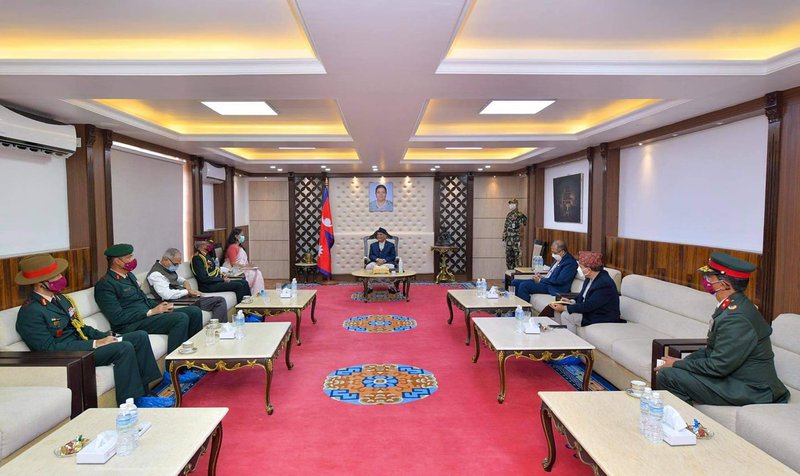
At the foundation led by three visits, foreign minister Pradeep Gyawali paid the first official visit to India. His initial statements and words were well-meaningly directed to mend the fence as he highlighted the issues based on the point of agreement, mutual trust and commonality of interests.
However, nothing can prevent his old narratives on Nepal’s relations with India which he inherited from his schooling days -- calling for amendment or revision of 1950 Peace and Friendship Treaty and border disputes are pre-requisite to becoming a staunch communist nationalist.
Well calculated and crafted words used by him at the beginning of the visit vanished as soon as he raised the contentious issues like border resolution, amendment of 1950’s Treaty of Peace and Friendship and handing over of EPG Report in his meeting with the minister of external affair Dr. S. Jaishankar and his address to India’s intellectuals.
Raising contentious issues or points of disagreement reportedly irritated PM Narendra Modi who declined meeting with FM Gyawali and Nepal missed a chance to warm the relations at the top political level.
Addressing a gathering at the Indian Council of World Affairs, New Delhi, minister Gyawali, in his well-written statement, highlighted the strength of Nepal India relations and its foundation.
In his interactions, minister Gywali made every effort calculative using the words aiming to strengthen the relations and not to harm the warmth. However, he poured the ice at the end raising highly sensitive points of disagreement.
“Nepal-India relations are the vast confluence of political and economic interactions as well as unique ties at the people-to-people level. They cannot be confined to one dimension alone,” said Minister Gyawali.
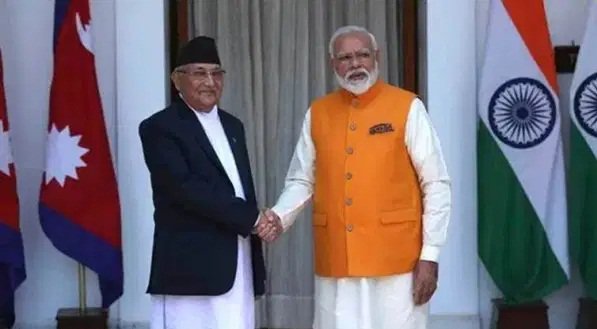
“We are two countries of different size, population, level of economic development. The scope of our ambition is different, so is our strength. India is aspiring to be a global power, both politically and economically. Nepal’s ambition is to be a more stable and prosperous country,” said the minister.
“In order to carry forward our multi-faceted relations, we have built a large network of bilateral mechanisms in almost all sectors of cooperation. There are close to three dozen mechanisms that are currently functioning at various levels and in different areas.”
“Needless to say that relationship between neighbors has its own characters. Mutual trust, understanding and respect for each other’s sensitivities and concerns contribute to strengthening the foundation of such a relationship. Building and nurturing trust is absolutely essential for the health and harmony of the relations.”
Minister Gyawali’s first part of the statement is full of reconciliatory remarks and based on points of agreement. However, he raised the most sensitive and continuous issues in his last part which eclipsed the good endeavor.
“Our foreign policy priority begins at our borders. Talking about India, our intention is to strengthen the foundation of our relations; expand and consolidate it; and bring the relations to the next level. Our objective is clear and unambiguous. In this spirit, we desire to start the conversation with a view to resolving the question of boundary alignment in the remaining segments. Many of you may be aware that Nepal and India share over 1,800 km long international boundary, most of which is jointly mapped. Only in the stretches of some kilometers, the work remains to be completed.
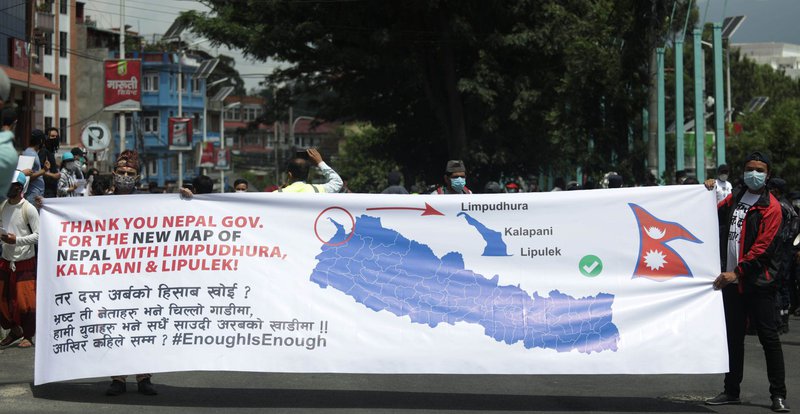
“We should sincerely attend to the issues that we have inherited from the past; address them appropriately and should creatively work out the agendas for future. With the same objective, we created an Eminent Persons’ Group in 2016 and mandated them to review the entire spectrum of Nepal-India relations and recommend measures to upgrade them in the changed context. EPG has done its work and our job is to receive their report and implement.”
“One of the tasks assigned to EPG was the task of recommending the inputs for the review of past treaties and agreements, including the Peace and Friendship Treaty of 1950. We have agreed to revise, adjust and update the Treaty to better reflect the current reality and to further consolidate and expand our friendship. We need to do it sooner than later.”
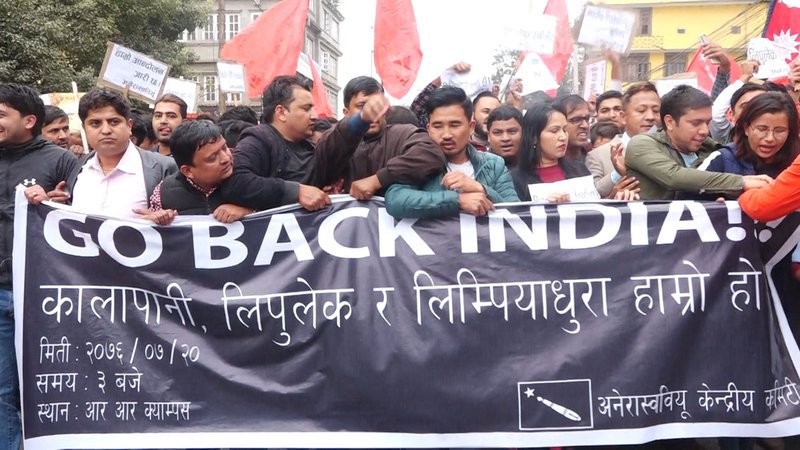
Narrative of Nepal India Relations
Whether it is in the national interest or not, two narratives have widely prevailed over Nepal for a long. To be a diehard Congress or democrat, he/she must be condemning and criticizing King Mahendra and Panchayat's rule.
Similarly, in being a communist or nationalist, one must condemn all treaties and agreements with India even if they are in the interest of Nepal. To be a true nationalist, call for the abrogation of the 1950 treaty -- Gorkha recruitment and border disputes are a must for communists and former Panchas.
As large numbers of communist ideologues joined Monarch led Panchayat, they easily injected the narratives that opposing deals with India is a prerequisite to become nationalist among the cadres of Panchayat.
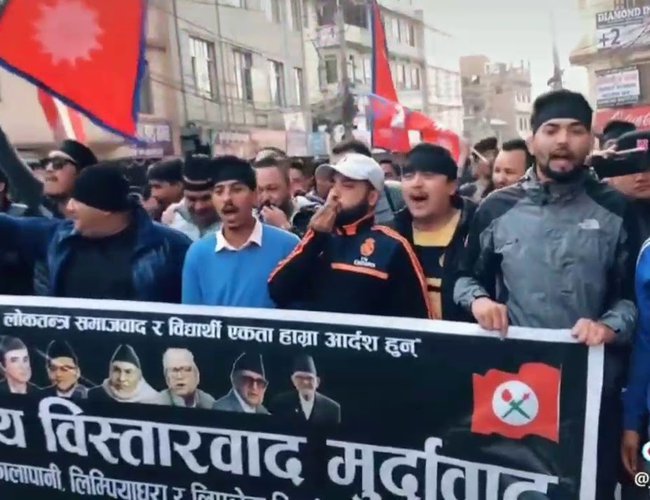
With almost three decades of politicization with communists, even Nepali Congress leaders, grown up with different schooling, have started to follow the communists. Although their voices are still lower, they also joined the communist-led bandwagon during the 2015 disputes on the blockade and later on Kalapani border disputes.
Groomed up in the schooling that called for scrapping Nepal India 1950 treaty, they call for shutting down Gorkha recruitment and annulling all unequal treaties with India as basic ingredients to be nationalist. It is difficult for Nepalese communists to start the discussion from points of agreement and foreign minister Gyawali was no exception.
Indian Narratives
Similarly, Indian scholars and officialdom also regard Nepalese as pro-China as anti-Indian. There is a wide obsession among Indian officialdom and intellectuals to blame Nepal for using a pro-China card. This group of Indians also regarded monarchists as anti-democrat and anti-Indian.
However, it is a fact that Nepal shares over 1500 kilometer long border with China in the north. However, Nepal has nothing to share with China regarding religion, language, culture and civilization. An obsession of monarchy, a traditional institution linkage with common civilization with India, was uprooted from Nepal.
Foreign minister Gyawali rightly addressed Indian concerns. "Nepal has always maintained good relations with our both neighbors. We never compare our relationship with our friends."
“Nepal believes in good relations with both New Delhi and Beijing and is keen to use its geography as an opportunity.”
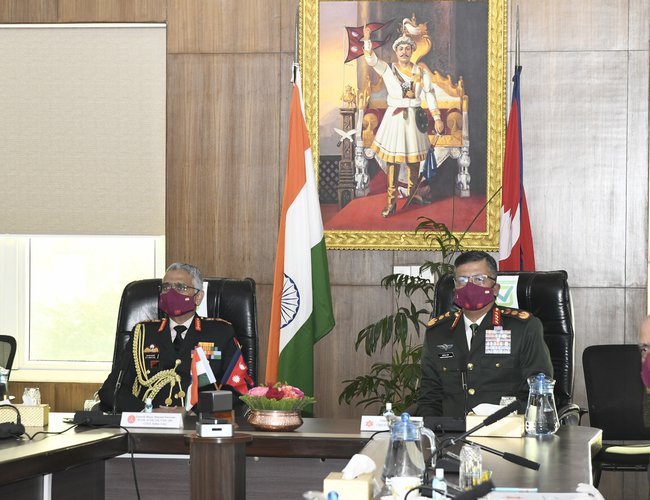
Interestingly, many leading Nepalese communist leaders and intellectual sympathizers including Maoist ideologue Dr. Baburam Bhattarai, who are critiques of Nepal-India relations, are products of Jawaharlal Nehru University.
The overwhelming majority of Nepalese and Indian citizens believe in their close religious, cultural and civilizational relations. However, they are unable to change the narratives held by politicians and intellectuals.
People from both countries have only one narrative as Indians regard Nepal as a country of Pashupatinath, Muktinath, Boudhanath and Nepalese regard India as a country of Bishownath, Badrinath and Somnath.
Annually, thousands of Hindu and Buddhist pilgrims pay a visit to each other’s country to worship the gods and goddesses without facing any discrimination and hassles. At people to people level, the relation is simple and manageable. None of them feels any difference while moving into each other’s sides.
Despite smooth people to people relations, the obsession created by intellectuals and officialdom has had decisive effects on Nepal-India relations at the state to the state level.
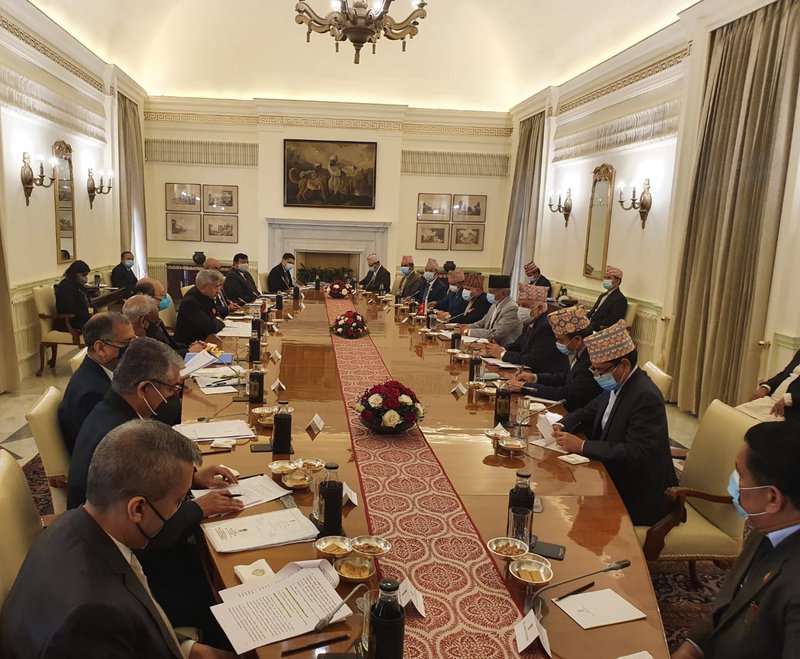
Indian authorities are obsessed with Nepal’s border with China in a way similar to Nepalese authorities obsessed with the size of India and the possibility of absorption of Nepalese culture and religion in India’s mainstream.
Recently, there is a growing trend in Nepal to create new spiritual and religious places terming them as parallel to India or trying to prove that Nepal’s identity of Santani is different. For instance, Pashupatinath and Kedarnath have spiritual connections guided by Santan sculptures. Chardham has its own meaning in the life of Santani Hindus in Nepal.
India Nepal Relations
Although India and Nepal have weathered the last year of a strain in ties over the boundary issue, India has chosen a different course to woo Nepalese people.
As Nepal foreign minister Gyawali raised issues that displeased India, Indian authorities calculatedly chose the safe course offering the package to reach out to people.
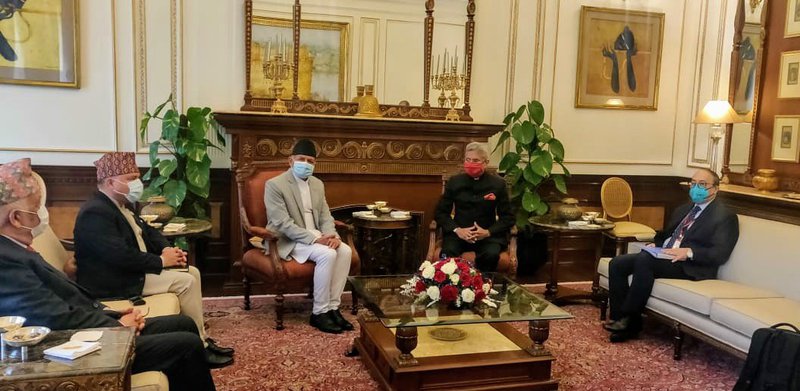
“As the bilateral level, Indo-Nepal relations are so old, deep-rooted and widespread that they go long back in history and cut across all aspects of state to state and people to people interaction-politics, economics, security, culture and religion. Sadly, official policy often obfuscates the true nature of this relationship. Some recent events give both sides not only pain but also reason to reflect, why and how such a relationship has reached this point?,” writes Shambhu Ram Simkhada in his book Nepal India China, relations in the 21st Century.
Although Prime Minister Narendra Modi did not have a meeting with foreign minister Gyawali, he directed his government to deliver the COVID-19 vaccine to Nepal.
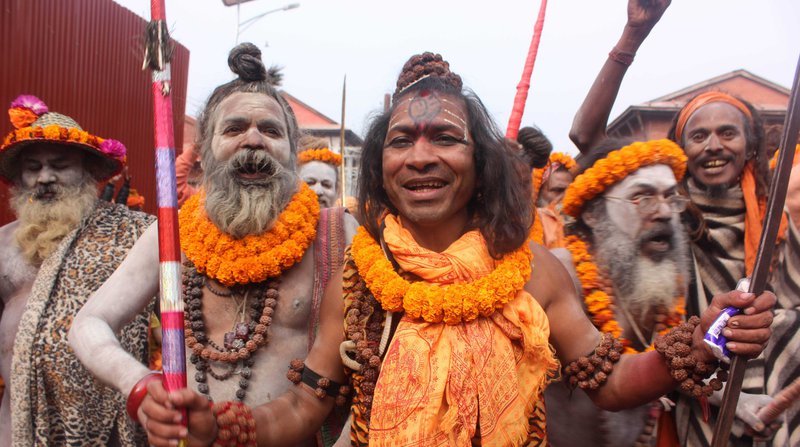
Speaking to the media, Gyawali said he would inform them “later” about the possibility of meeting the Prime Minister, indicating he had expected the meeting would materialize. However, it was declined.
According to former Ambassador to Nepal Rakesh Sood, the Prime Minister’s decision was a signal that despite a thaw in ties, all is not well between New Delhi and Kathmandu yet, given Nepal's refusal to reconsider its new map.
“I think the fact that there was no call on the Prime Minister [Modi] during Mr. Gyawali’s visit is a message to the Oli government that India is still looking for more signs of flexibility, and that it isn’t all hunky-dory,” Sood told The Hindu.
India Nepal Cooperation
Talking to journalists upon arrival at the Tribhuvan International Airport, Minister Gyawali said five areas of cooperation were primarily discussed during the meeting of the Nepal-India Joint Commission.
“Meeting of the Nepal-India Joint Commission has reviewed issues like political, security and border; connectivity/infrastructure and economic cooperation; trade and transit; energy and water resources; tourism and education and agreed to promote bilateral cooperation in these areas,” he added.
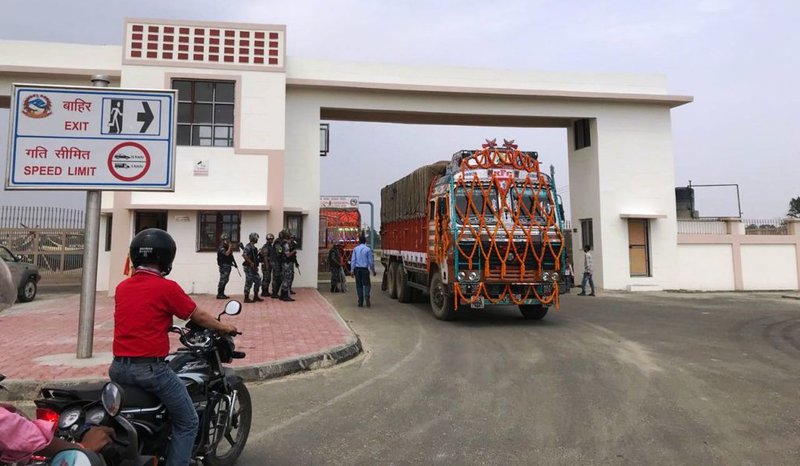
Likewise, discussions were held on opening the aviation and land routes that were closed due to the pandemic, expediting the process of handing over 11 sections of the Postal Highway and completing its remaining three sections, in addition to expanding the railway line from Kurtha to Bardibas. Currently, the railway line connects only two places -- Jaynagar (India) and Kurtha (Nepal).
“Sixth Nepal-India Joint Commission meeting comprehensively reviewed all aspects of multifaceted cooperation between the two countries and explored ways to further strengthen the traditionally close and friendly ties,” said Gyawali.
Embassy of India, Kathmandu confirmed that the Joint Commission comprehensively reviewed all aspects of multifaceted cooperation between the two countries and explored ways to further strengthen the traditionally close and friendly ties.
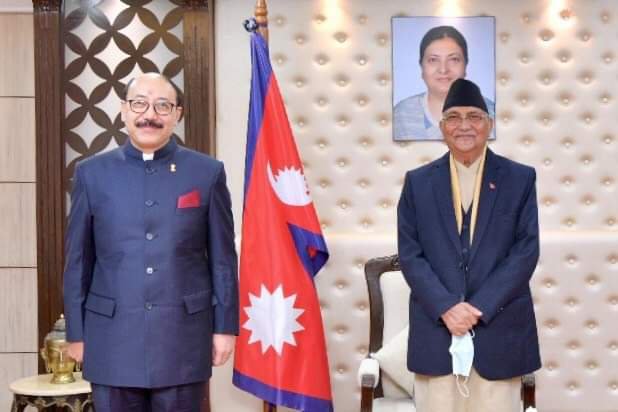
Both sides discussed several areas of cooperation including connectivity, economy and trade, power, oil and gas, water resources, political and security issues, border management, development partnership, tourism, culture, education and capacity building. The significant and concrete progress made since the last meeting of the Joint Commission in taking forward several bilateral initiatives was acknowledged.
The Joint Commission emphasized the need to facilitate cross-border movement of people and goods. It was noted that the recently inaugurated Integrated Check Posts at Birgunj and Biratnagar have helped in the seamless movement of people and trade between the two countries. Both sides welcomed the commencement of construction of the third ICP at Nepalgunj. India conveyed that the construction of a new ICP at Bhairahwa would be initiated shortly. Discussions were held on expediting joint hydropower projects, including the proposed Pancheshwar Multipurpose Project, which has numerous benefits for the people of both countries.
India conveyed that it would undertake two more cultural heritage projects in Nepal, namely, the Pashupatinath Riverfront Development and the Bhandarkhal Garden Restoration in Patan Durbar, with grant assistance.
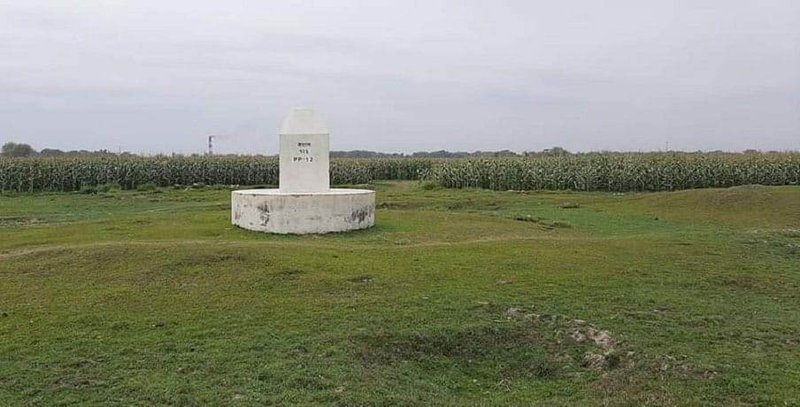
Both sides also exchanged views on international, regional and sub-regional cooperation. Nepal expressed support for India’s permanent membership of an expanded UN Security Council to reflect the changed balance of power.
The sixth meeting of the India-Nepal Joint Commission was co-chaired by the External Affairs Minister Dr. S. Jaishankar and the Minister of Foreign Affairs of Nepal Pradeep Kumar Gyawali in New Delhi on 15 January 2021.
The two delegations included Foreign Secretary of India Harsh Vardhan Shringla and Foreign Secretary of Nepal Bharat Raj Paudyal and other senior officials from both sides.
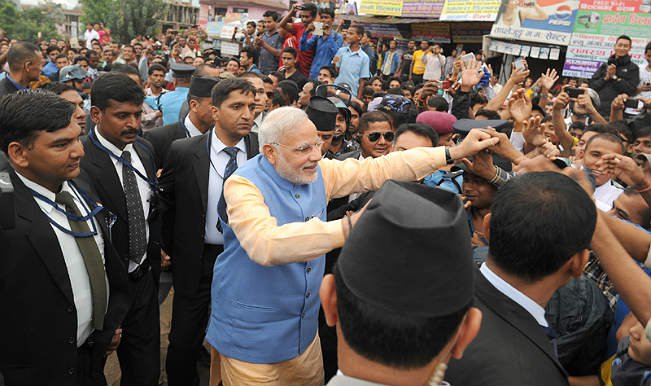
With a changed context, India has shown its interest to reach the people agreeing to donate the COVID-19 vaccine, and do the renovation work in Pashupatinath Temple and Patan Durbar square. Although the State-to-State relationship is on track now, the existing narratives prevailing in Nepal can create the situation unfavorable again.
As the relations at the people to people level are still close and in harmony due to the common civilization, culture and religion, there is the need to change the current narrative to make state-to-state level discourse at par with the existing relations at people to people level.

Keshab Poudel
Poudel is the editor of New Spotlight Magazine.
- FOURTH PROFESSOR Y.N. KHANAL LECTURE: Nepal-China Relations
- Jun 23, 2025
- Colonel JP CROSS: Centenary Birthday
- Jun 23, 2025
- REEEP-GREEN: Empowering Communities with MEP
- Jun 16, 2025
- BEEN: Retrofitted For Green
- May 28, 2025
- GGGI has been promoting green growth in Nepal for a decade: Dr. Malle Fofana
- May 21, 2025


